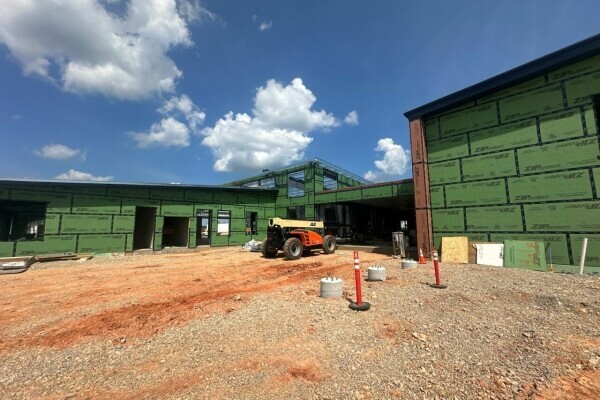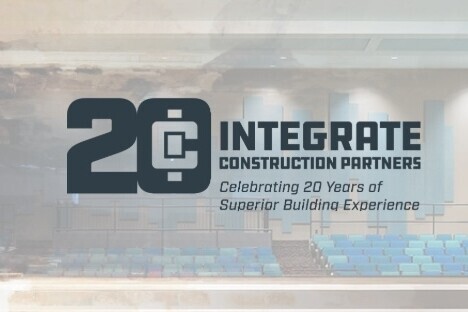5 Keys to a Strong Estimate in Preconstruction

Written by Jim Grzesik, Preconstruction Manager at Integrate Construction Partners.
Estimating isn’t just about crunching numbers—it’s about strategy, experience, and collaboration. A winning estimate isn’t just competitive; it’s accurate, realistic, and sets a project up for success before a shovel ever hits the ground.
Whether you’re fine-tuning your estimating approach or just getting started, here are five key things to keep in mind:
Put Your Head in the Drawings—Start at the Beginning
When approaching a new estimate, the best place to start is always the drawings. If you don’t know where to begin, start at the beginning.
• Old construction? Review the demolition plan carefully—what’s staying, what’s going, and what’s being phased?
• New construction? Begin with the foundation and structural elements.
• Check the Geotech report. Understanding soil conditions and earthwork plans early on prevents costly surprises later.
Skipping ahead to finishes or specialty items without grasping the fundamentals can lead to inaccurate numbers and overlooked scope items.Leverage Historical Data
One of the biggest advantages of experience is the ability to reference past projects. Every bid you put together should make the next one stronger.
• Compare similar projects: What was the cost per square foot? Did anything run over budget?
• Look at material trends: Prices fluctuate—have costs gone up or stabilized since your last estimate?
• Identify lessons learned: Every project has its quirks. Unexpected issues—like a tricky site condition or an overlooked trade scope—should be documented so they don’t catch you off guard next time.
By using data as a guide, estimators can make informed decisions rather than starting from scratch every time.Know Your Market—Trade Coordination Matters
Estimating isn’t one-size-fits-all. Trade scopes can vary by region—what’s covered by one trade in one market might be handled by another elsewhere.
Take gas piping, for example. In some regions, the plumber takes it. In others, it falls under HVAC. Sometimes, it feels like a coin flip on who carries what! These small differences can make or break an estimate if they’re not caught early.
To avoid scope gaps or costly overlaps, make sure you understand:
• Where one trade ends and another begins—especially for mechanical, electrical, plumbing, and finishes.
• Regional labor norms—some trades may take on more or less responsibility depending on location.Collaboration is Key—Use Your Team
Estimating isn’t a solo job. The best estimates come from working closely with:
• Internal teams: Project managers, superintendents, and fellow estimators bring valuable insight from past projects.
• Trade partners: Subcontractors are on the front lines of pricing and market conditions—tapping into their expertise ensures you’re working with the most up-to-date numbers.
• Design teams: If you’re involved early, working closely with architects and engineers can help guide design decisions that keep the project on budget.
Strong trade coordination is key to a successful estimate. If a scope issue isn’t caught during preconstruction, it will show up in the field—where it’s far more expensive to fix.The More You Bid, the More You Learn
Estimating is both a science and an art. While data and calculations are critical, experience is the best teacher.
Every project you estimate sharpens your instincts. Over time, you’ll develop a better sense for:
• Where costs tend to creep up.
• How to identify scope gaps before they become issues.
The best estimators aren’t just number crunchers—they’re problem-solvers who understand how to balance cost, quality, and feasibility.
Preconstruction is where great projects begin. By focusing on accuracy, collaboration, and strategy, estimators play a critical role in setting the stage for success.





